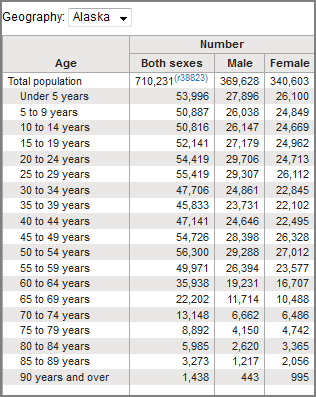A Devops engineer spends more time in deploying new services and
application, installing and updating network packages and making machine server
ready for deployment. This takes tedious human efforts and requires huge human
resources.By using configuration management tools like Chef or Puppet you can
deploy, repair and update the entire application infrastructure using
automation.
What is Chef?
Chef is a Configuration management tool that manages the infrastructure
by writing code rather than using a manual process so that it can be automated,
tested and deployed easily. Chef has Client-server architecture and it
supports multiple platforms like Windows, Ubuntu and Solaris etc. It can also
be integrated with cloud platform like AWS, Google Cloud, and Open Stack
etc.
Understanding Configuration Management
Let us take an example of a system
engineer in an organization who wants to deploy or update software or an
operating system on more than hundreds of systems in your organization in one
day. This can be done manually but it may cause multiple errors, some
software’s may crash while updating and we won’t be able to revert back to the
previous version. To solve such kind of issues we use Configuration management
tools.
Configuration Management keeps track
of all the software and hardware related information of an organization and it
also repairs, deploys and updates the entire application with its automated
procedures. Configuration management does the work of multiple System
Administrators and developers who manage hundreds of server and application.
Some popular tools used for Configuration management are Chef, Puppet, Ansible,
CF Engine, and SaltStack.
Why I prefer Chef Automation Tools?
Let us take a scenario, suppose we
want our system administrator to install, update and deploy software on
hundreds of system overnight. When the system engineer does this task manually
it may cause Human errors and some software’s may not function properly. At
this stage, we use Chef which is a powerful automated tool which transfers
infrastructure into code.
Chef automates the
application configuration, deployment and management throughout the network
even if we are operating it on cloud or hybrid. We can use chef to speed up the
application deployment. Chef is a tool for accelerating software delivery, the
speed of software development refers to how quickly the software is able to
change in response to new requirements or conditions
Benefits of Chef
Accelerating software delivery
By automating infrastructure
provisioning we automate all the software requirements like testing, creating
new environments for software deployments etc. becomes faster.
Increased service Resiliency
By making the infrastructure
automated we can monitors for bugs & errors before they occur it can also recover
from errors more quickly.
Lower Risk Management
Automation tool like Chef or Puppet
lowers risk and improves compliance at all stages of deployment. It reduces the
conflicts during the development and production environment.
Easy Cloud Adoption
Chef can be easily adapted to a cloud
environment and the servers and infrastructure can be easily configured,
installed and managed automatically by Chef.
Managing Data Centers & Cloud Env
Chef can run on different platforms,
under chef you can manage all your cloud and on-premise platforms including
servers.
Streamlined IT operation &
Workflow
Chef provides a pipeline for
continuous deployment starting from build to test and all the way through
delivery, monitoring, and troubleshooting.
In summary Chef
tools help IT teams adopt modern day best practices including:
- Test Driven Development:
Configuration change testing becomes parallel to application change
testing.
- DevOps Support: IT operations
can confidently scale with data consolidations and 3rd party integrations.
- Self-Service: Agile delivery
teams can provision and deploy infrastructure on-demand.




























